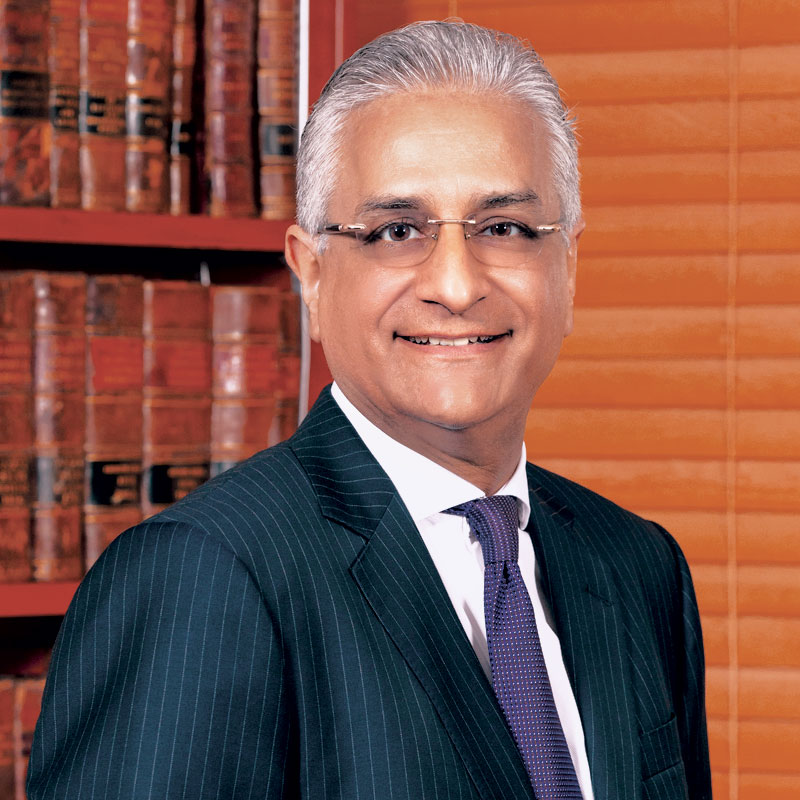Yum Siu Wah v Wong Chi Shing [2024] 2 HKLRD 1292, [2024] HKCA 327 (Ashok K. Sakhrani)
Alice Mok SC and Ashok K. Sakhrani represented the defendant in Yum Siu Wah v Wong Chi Shing [2024] 2 HKLRD 1292, [2024] HKCA 327.
In this appeal on quantum, P, a salesperson of “super cars” who suffered finger and neck injuries in a road traffic accident in June 2015, sought an increase of the award to him of $540,000 for loss of earnings during the sick leave period and an increase of the award to him of $594,000 for post-trial loss of earnings. The main issues on appeal were as follows. Issue 1 concerned the Judge’ adoption of $55,000 as P’s pre-accident average monthly earnings to arrive at P’s loss of earnings during the recovery period of 12 months during which P was unable to return to any form of work. Was that right? Or should P’s pre-accident income have been assessed by reference to the average of his post-tax income across his years of employment with the former employer prior to the accident, ie the income for the years 2012/2013, 2013/2014 and 2014/2015? Issue 2(a) was whether the Judge erred in failing to assess P’s sick leave earnings by reference to that average. As for Issue 2(b), it was whether the Judge erred by failing to make any award for the balance of P’s pre-trial earnings after the sick leave period, ie from July 2016 until the beginning of the trial in early June 2020, and by failing to assess this by reference to P’s correct pre-accident income (to be determined under Issue 1) and deducting therefrom his earnings with the current employer in that period. Finally, Issue 3 was whether the Judge erred in assessing P’s post-trial loss of earnings by failing properly to apply the conventional multiplier/multiplicand approach and making reference to the prevailing ‘Chan Tables’.
Held, allowing the appeal to increase the award for pre-recovery loss of earnings from $540,000 to $732,739.50 and to increase the award for post-recovery loss of earnings from $594,000 to also $732,739.50, that:
- (1) On Issue 1, it was not correct for the Judge in effect to rely only on the 12-month period immediately preceding the accident as being wholly representative of P’s pre-accident income, when there was clear evidence in the form of P’s tax returns that his income prior to the accident was in fact significantly higher. The Judge should have had regard to the whole of the evidence on pre-accident earnings (in this instance, 24 months). P’s post-tax pre-accident monthly income should be assessed as $61,061.63 ($732,739.50/12) producing an income for the 12-month period during which he was unable to work of $732.739.50 to replace the sum of $540,000 awarded by the Judge. (See paras.36–40.)
- (2) Issue 2(a) was resolved by the decision on Issue 1. (See para.41.)
- (3) Two sub-issues arose under Issue 2(b): (i) should an award (additional to that which the Judge had made) be made in respect of “pre-trial loss of earnings” as defined by P; and (ii) if so, how should that amount be calculated and what should that amount be. There was no need to intervene under the first, and the second was more conveniently dealt with under Issue 3. (See paras.42–46.)
- (4) Reading the relevant parts of the Judge’s judgment as a whole, it was concluded that, contrary to D’s submission, the Judge did not have in mind an award for loss of earning capacity in its proper sense. Instead he was seeking to make an award for loss of future earnings by placing a figure on the extent to which P’s income should be regarded as having been diminished by the accident. The sum of $594,000 was for loss of earnings after the recovery period. In accordance with the appellate court’s conclusion under Issue 1, that sum should be increased to $732,739.50 ($732,739.50 x 5% x 20 years) (See paras.47–57.)
[The above is excerpted from the headnote to the report in HKLRD.]


